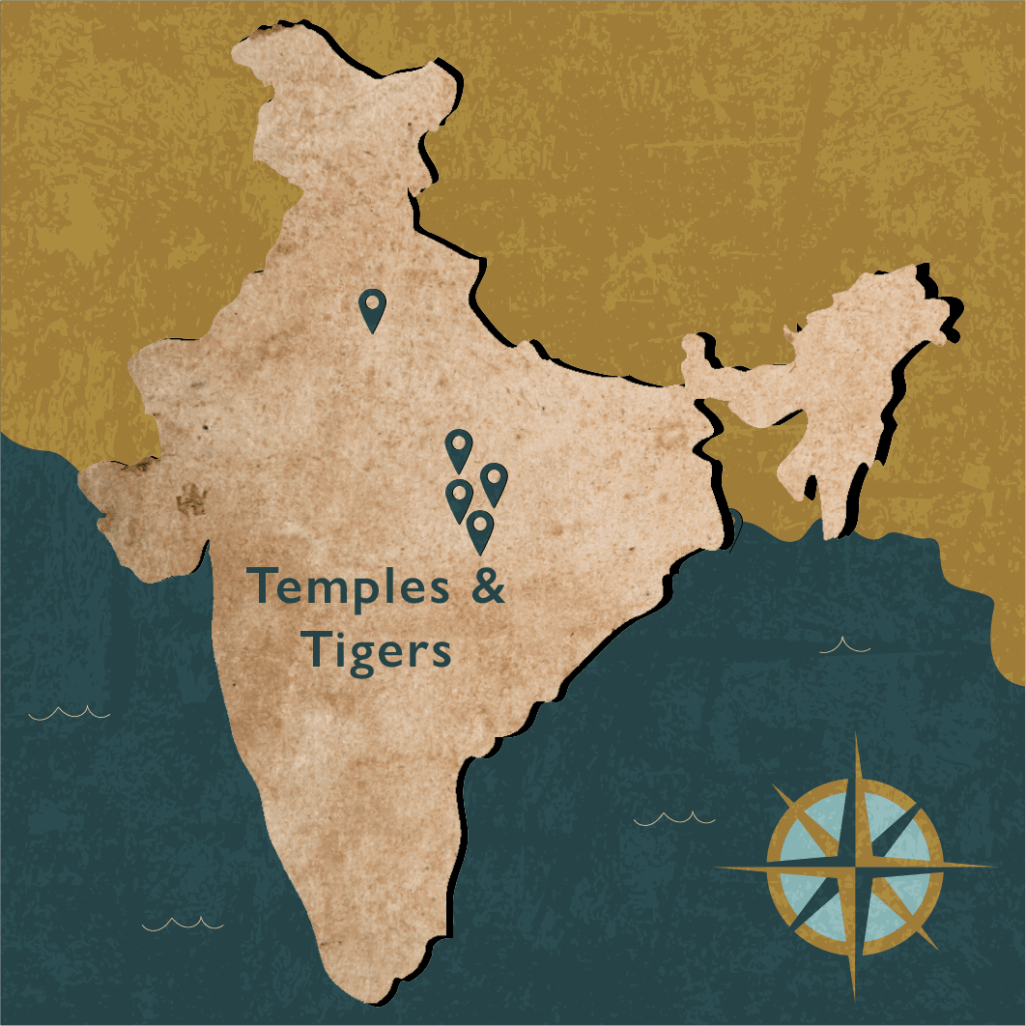


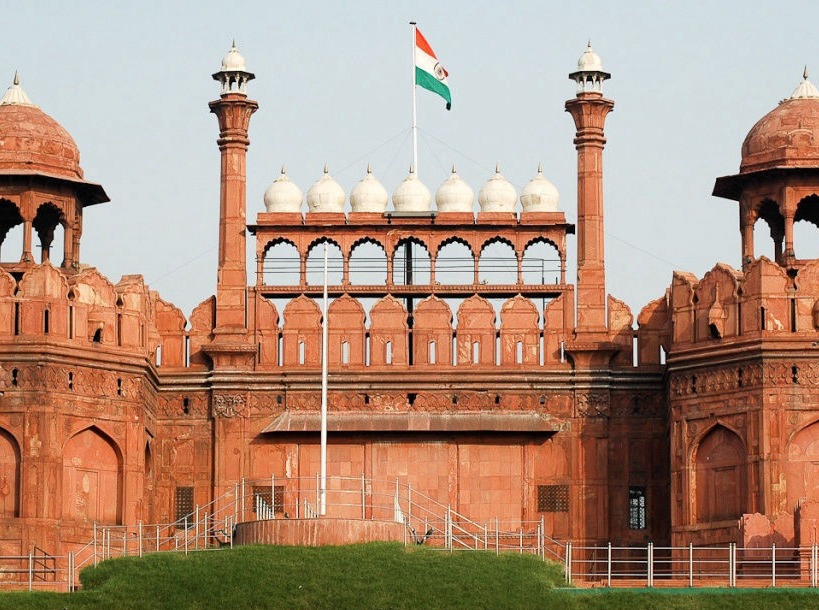
Arrive Delhi by an international flight. After clearing immigration and customs formalities you are met by a representative from First Tours India and transferred to The Taj Mahal New Delhi, a luxury hotel located in the exclusive residential area of Lutyens' Delhi. The capital of India, Delhi is its third largest city with a population of about 16 million. Its strategic location has given it a focal position in Indian history and many great empires have ruled from here. The monuments and ruins of these are scattered throughout the city, often cheek by jowl with modern structures and high-rise towers.
Taj Mahal New Delhi


Enjoy touring of Old Delhi visiting the Red Fort (1639-1648) which reflects the grand but stultifying court etiquette of Shah Jahan. Enjoy a bicycle rickshaw ride to India's largest mosque Jami Masjid, the spiritual centre of Shahjahanabad. At this red sandstone mosque with bold marble carvings and intricate calligraphic inlay, the faithful stream in and out from the surrounding bazaars. Return to the hotel en route visiting Gandhi Memorial at Raj Ghat. This afternoon visit one of Delhi's most famous landmarks, the fluted red sandstone tower of Qutb Minar. Started in 1199, the tower tapers upwards from the ruins, covered with intricate carvings and deeply inscribed verses. Continue on to the 1564 Humayun's Tomb – the most arresting example of the synthesis of two of the great building styles of Asia – the Persian and the Indian. Humayun's red sandstone and marble tomb follow the octagonal form of the Delhi sultans' tombs with high central arches, fine proportions and incorporates the first "four-garden" that set the pattern for later Mughal memorials. Also explore the most grandiose and elegant Victorian section of New Delhi which contains the majestic government buildings conceived by Sir Edwin Lutyens and assisted by Herbert Baker.

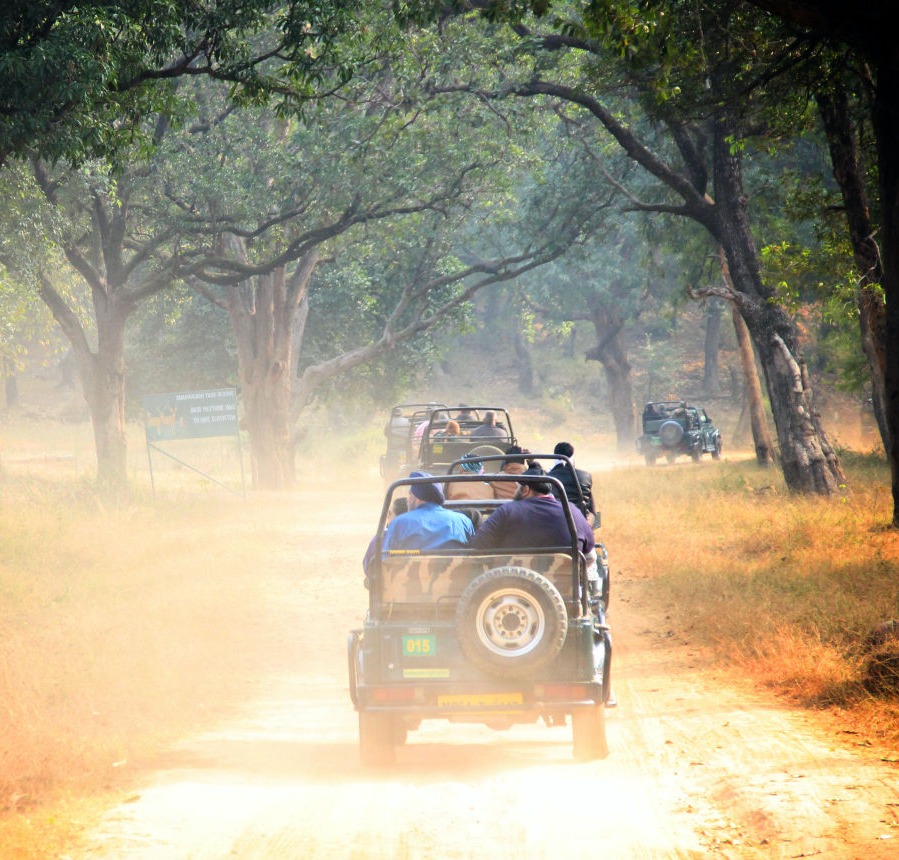
Early morning fly to Jabalpur and drive 4 hours through lush green countryside to Kanha National Park. On arrival, check-in to Banjaar Tola, A Taj Safari – Kanha National Park. Located in the central state of Madhya Pradesh, Banjaar Tola, A Taj Safari – Kanha National Park is situated on the edge of the Banjaar River and overlooks the core forest zone of Kanha National Park on the opposite bank. Named after the gypsy tribes who camped by the Banjaar River, the luxurious en suite tents are lightweight and eco-friendly structures designed with rustic local supplies leaving a gentle and charming footprint on the sensitive riverine environment.
Banjaar Tola, A Taj Safari – Kanha National Park

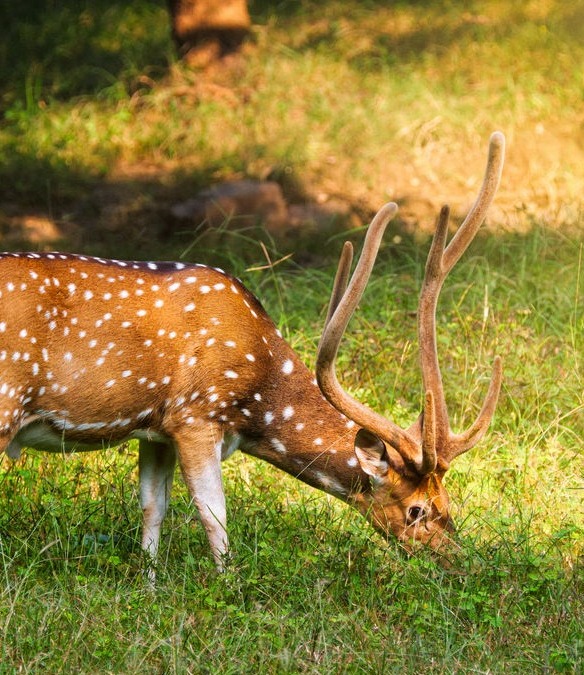
Situated in the Maikal Hills of the Satpura range, Kanha National Park boasts a spectacular landscape of vast Sal tree forests interspersed with flourishing green meadows and beautiful stretches of lush bamboo growth. This national park is one of the first nine tiger reserves established with the initial lunch of Project Tiger in 1973 aimed at protecting tigers and their ecosystems. Successful conservation programs make Kanha one of the best maintained National Parks in India. Early morning and late afternoon enjoy wildlife safaris in the Reserve in a specially designed open 4x4 safari vehicles with trained naturalist.

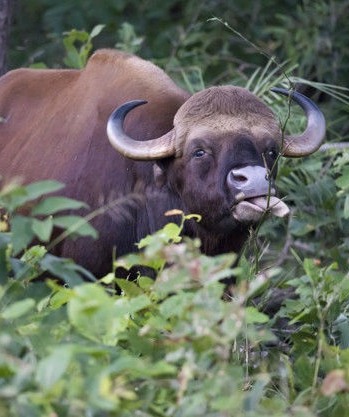
The lush forests and grassy meadows of Kanha provided inspiration to Rudyard Kipling for his "Jungle Book". Herds of animals are found in the central parklands of Kanha National Park, including the more unique species such as the three-striped palm squirrel, common langur, jackal, wild pig and black buck. Striped hyena, leopard, mouse deer and porcupine also reside here, as do the chinkara and ant-eating pangolin. Kanha is home to the highly endangered deer, the hard-ground barasingha, as well as sambar, chital and gaur. The national park features approximately 70 tree species. The forest is mixed and given the high rainfall precipitation, one finds extensive stretches of Sal, Crocodile Bark, Madhuca Indica, Arjun, Axle wood and Flame of the Forest or Palas, a glorious sight in the drier season when flowering. With over 300 recorded bird species, Kanha is also a bird watcher's paradise – species include storks, teals, pintails, pond herons, egrets, peacock, pea fowl, jungle fowl, spur fowl, partridges, quails, green pigeons, rollers, bee-eater, hoopoes, drongos, warblers, finches, orioles, owls and fly catchers. Early morning and late afternoon enjoy wildlife safaris in the Reserve in a specially designed open 4x4 safari vehicles with trained naturalist.

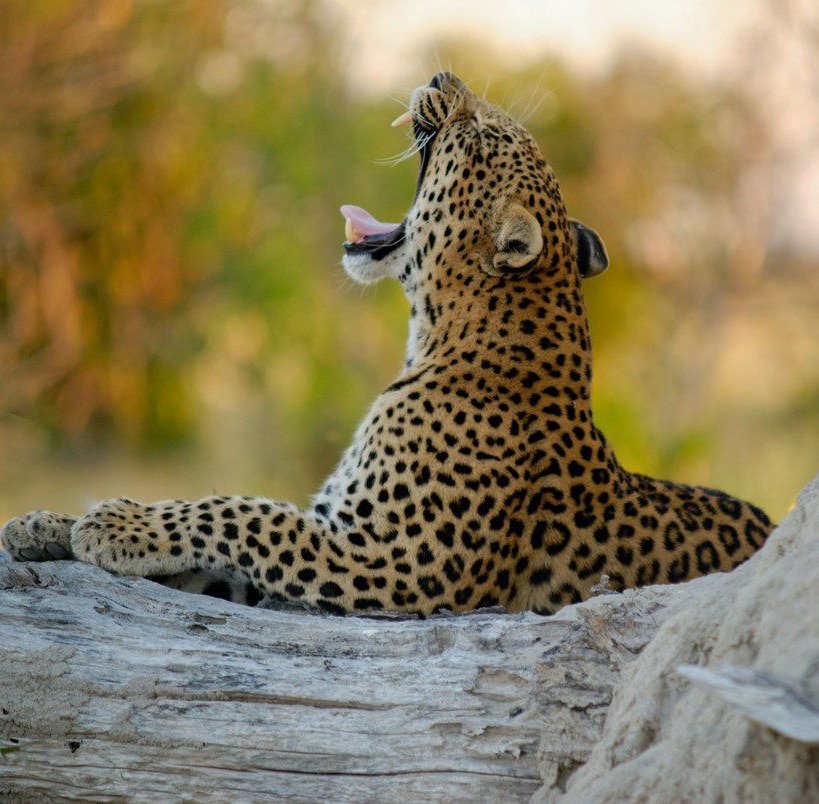
Early morning enjoy another wildlife safari in the Reserve. After a leisurely breakfast depart Kanha and drive 6 hours to Bandhavgarh. On arrival check-in to Mahua Kothi, A Taj Safari Lodge – Bandhavgarh National Park, a luxury Jungle Safari Resort nestled in the vicinity of the famed National Park. The name Mahua Kothi draws inspiration from one of India's most beautiful trees, the Mahua or butter tree. Its luscious off-white flowers take centre-stage in many festive rituals of the region. The lodge sprawls over 40 acres and all facilities of the lodge blend charmingly into the quaint and rustic surroundings
Mahua Kothi, A Taj Safari Lodge – Bandhavgarh National Park


One of India's most important tiger reserves, the Bandhavgarh National Park sprawls across an area of 241 sq miles. It is set in extremely rugged terrain with many hills and has a wide variety of game. Apart from tigers, the park's wildlife includes 250 species of birds, leopard, sloth bear, gaur, sambar, chital, nilgai, chinkara and wild dogs. The flowering and fruit trees attract woodland bird like green pigeon, crested serpent eagle and variable hawk eagle etc. Great rocky hills, lush deciduous forests, marshes and meadows make Bandhavgarh one of India's most scenic areas. A picturesque hilltop fort with a line of ancient caves and a huge 10th century statue of a reclining Vishnu is part of the park's attractions. This park was the game reserve of the Maharajas of Rewa. Early morning and late afternoon enjoy wildlife safaris in the National Park in a specially designed open 4x4 safari vehicles with trained naturalist.


Early morning and late afternoon enjoy wildlife safaris in the National Park in a specially designed open 4x4 safari vehicles with trained naturalist. During the day you may also go for nature walks, explore the nearby local markets at Tala - a tiny village at the entrance to Bandhavgarh or visit Baghel Museum located just outside the park. This museum houses many precious and beautiful belongings of the Maharaja of Rewa.

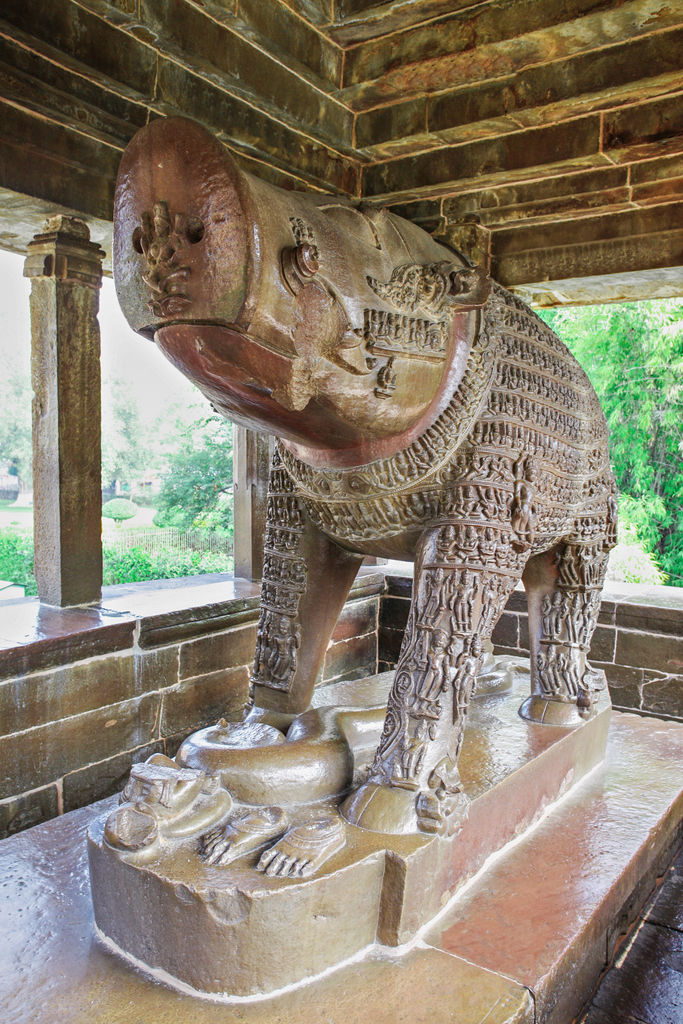
Early morning enjoy another wildlife safari in the National Park in a specially designed open 4x4 safari vehicles with trained naturalist. After a leisurely breakfast depart Bandhavgarh and drive 5 hours to Khajuraho. On arrival check-in to The Lalit Temple View Khajuraho which overlooks the Western Group of Temples famed for their erotic sculptures. The 25 temples at Khajuraho represent the brilliant burst of artistic flowering that took place under the generous patronage of the powerful Chandela rulers, who made Khajuraho their peacetime capital. The remoteness of the temples' location saved them from the ravages of Islamic raiders, but also led to their being abandoned in the 13th century. Hidden in a dense forest for 700 years, they were "rediscovered" in 1839 by Englishman Captain T. S. Burt of the Bengal Engineers. This evening visit the Khajuraho temple complex to witness the son et lumiere show. This is the best evening activity to understand history, facts and myths of Khajuraho temples. Technicolour floodlights sweep across the temples of the Western Group as Indian classical music soundtracks a potted history of Khajuraho narrated by the ‘master sculptor’.
The Lalit Temple View Khajuraho

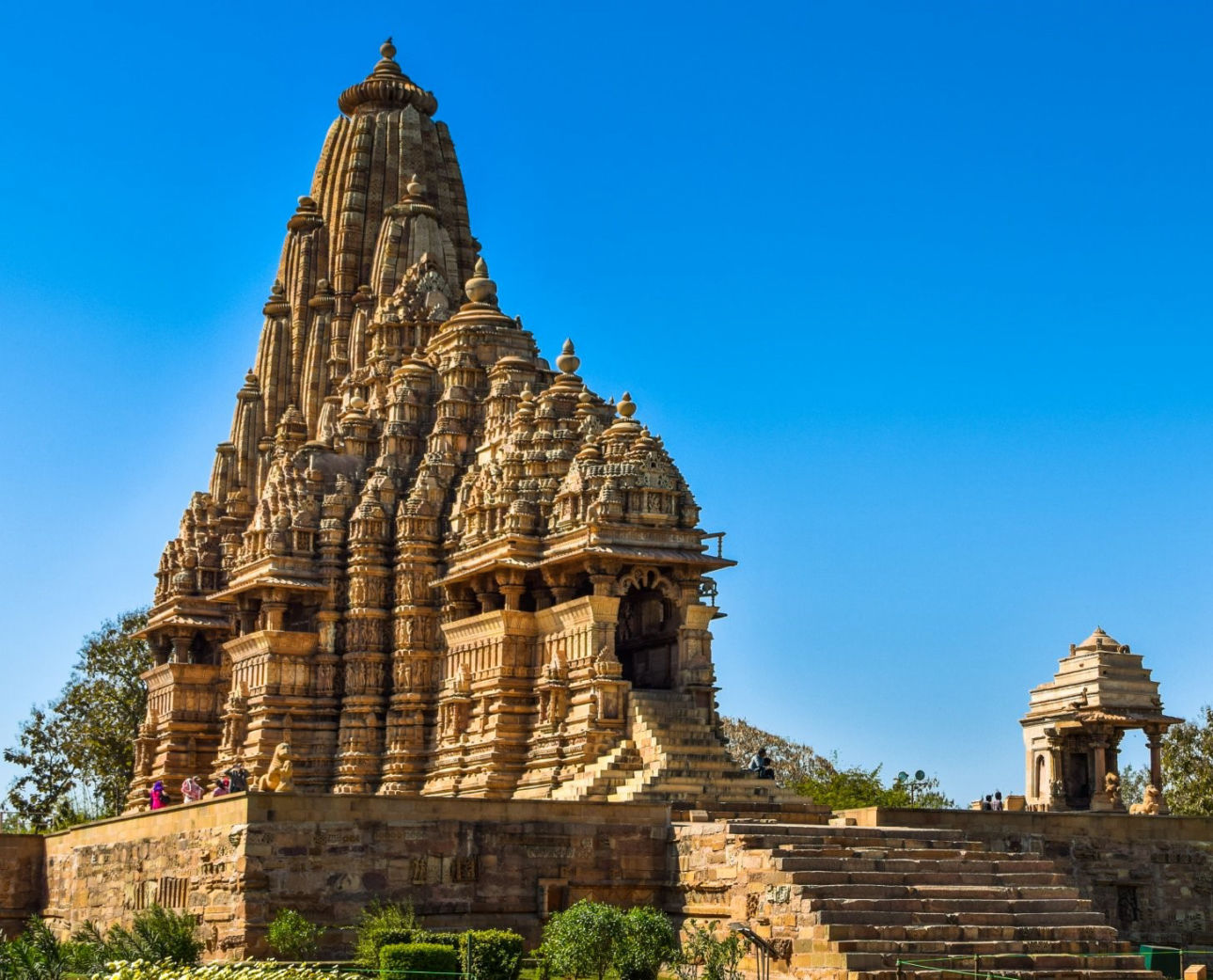
Today re-visit the magnificent temples of Khajuraho, a UNESCO World Heritage Site, built between the 9th and 10th centuries by the Chandela dynasty which dominated Central India at that time. The temples highlight the pinnacle of North Indian temple art and architecture remarkable for their grand dimensions yet perfectly harmonious composition. The exquisite sculptural embellishments cover the temples depicting gods and goddesses, beasts and warriors, sensuous maidens, dancers, musicians and, of course, the erotic scenes for which the Khajuraho temples are famous. The erotic sculptures are believed to serve as a love manual to express an exuberant celebration of life and creation.


Early morning drive 45 minutes through lush green forests to the Panna National Park. Located along the banks of the Ken River, the park with its deep ravines, cascading waterfalls and thick teak forests, is predominantly a plateau with sprawling flatlands punctuated by hills, deep valleys and gorges. The terrain is largely rocky and uneven. There are mixed dry deciduous forests with short grasses and open woods. Lower altitudes are characterized by taller grasses and closed woodlands. Common bamboo also occurs on the hilly slopes and gorges. Panna is home to the majestic tiger, leopard, wolf, hyena, jackal and sloth bear. The reserve is also well known for sightings of nilgai, sambar, chital, wild boar and Indian crocodile. Enjoy wildlife safaris in the National Park in a specially designed open 4x4 safari vehicles with trained naturalist. Return to Khajuraho for lunch. In the afternoon visit the nearby villages and interact with the local people. End the day with a visit to Raneh Falls located 11 miles south of Khajuraho.
Today fly to Delhi and board your homebound flight with colorful memories that will add untold pleasure to last for a lifetime.
